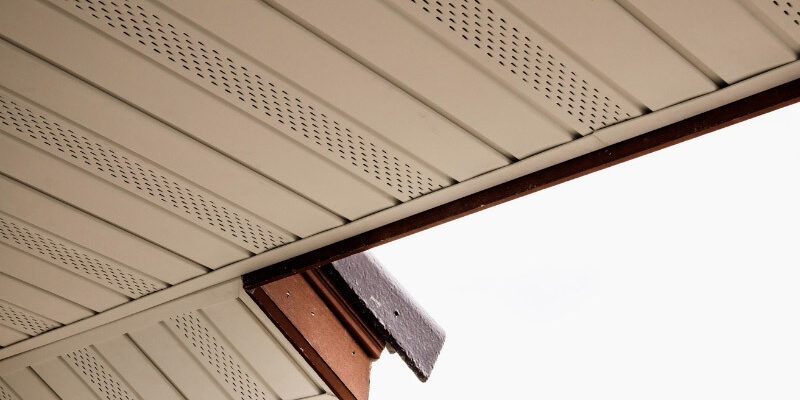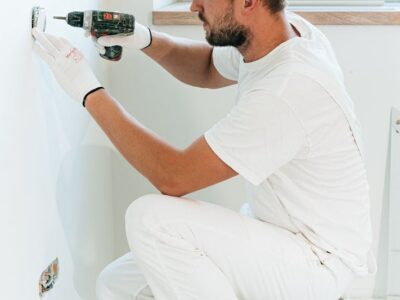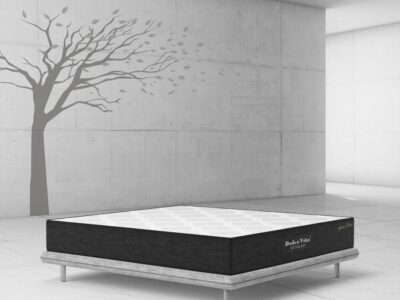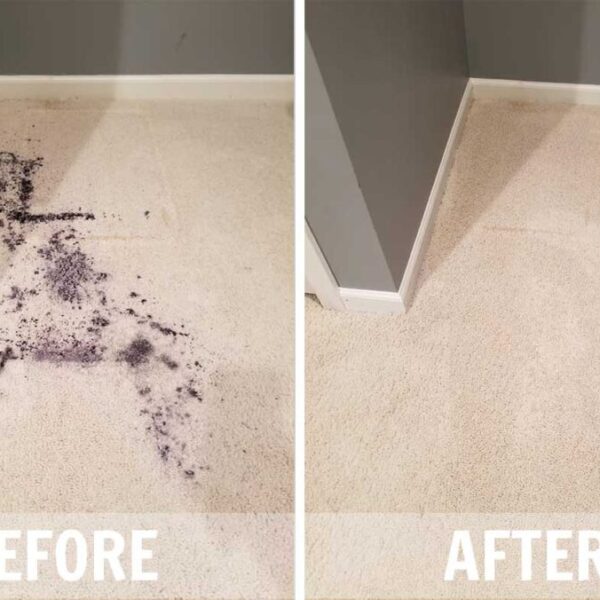
In modern construction practices, ensuring adequate ventilation within buildings is crucial. Proper ventilation helps in maintaining air quality, regulating temperature, and preventing issues like moisture buildup. Among the various ventilation systems available, soffit vents play a pivotal role. Let’s delve into what soffit vents are, their benefits, installation procedures, maintenance, and debunking misconceptions surrounding them.
Importance of Ventilation in Buildings
Ventilation systems are vital for ensuring a healthy indoor environment. They facilitate the movement of air, reducing the concentration of indoor pollutants and refreshing the air inside. Understanding the basics of these systems is crucial for comprehending the significance of specific components like soffit vents.
What Are Soffit Vents?
Soffit vents are intake vents installed in the underside of a building’s overhanging eaves (soffits). These vents work in conjunction with other exhaust vents to create proper airflow within the attic space and the building. They come in various types, including continuous soffit vents, circular soffit vents, and vented soffit panels, each catering to specific building requirements.
Benefits of Soffit Vents
Improved Airflow
Soffit vents facilitate continuous airflow, allowing fresh air to enter the attic or roof space. This constant circulation prevents the buildup of stale air and helps in maintaining a healthy environment inside the building.
Preventing Moisture Buildup
One of the significant advantages of soffit vents is their role in preventing moisture-related issues. Proper ventilation reduces the chances of condensation, mold, and mildew, safeguarding the building’s structure.
Temperature Regulation
By facilitating air movement, soffit vents assist in regulating temperatures within the attic or roof space. This regulation can significantly impact energy efficiency, especially during extreme weather conditions.
Installation Process of Soffit Vents
Installing soffit vents requires specific tools and a step-by-step approach. Basic tools like a saw, measuring tape, and a drill are essential. The installation involves cutting openings in the soffit, positioning the vents, and securing them in place. Proper installation ensures optimal functionality.
Maintenance and Care for Soffit Vents
Regular maintenance is vital for the longevity and efficiency of soffit vents. Periodic cleaning to remove debris and inspection to ensure no blockages are essential practices for proper ventilation.
Common Misconceptions About Soffit Vents
Addressing Myths
Misconceptions about soffit vents, such as their ineffectiveness or potential for pest entry, often circulate. Debunking these myths is crucial for understanding their actual benefits and functionalities.
In conclusion, soffit vents play a crucial role in maintaining optimal ventilation within buildings, impacting air quality, temperature regulation, and structural integrity. Understanding their installation, maintenance, and benefits is essential for ensuring their effectiveness in any construction project.
FAQs
- Do soffit vents contribute to energy efficiency?
Soffit vents aid in regulating temperatures, thereby contributing to improved energy efficiency by reducing the need for excessive heating or cooling. - Can pests enter through soffit vents?
Properly installed soffit vents come with protective features to prevent pest entry while allowing air circulation. - How often should soffit vents be inspected?
Regular inspections, preferably annually, help in identifying and addressing any issues or blockages that may affect their functionality. - Do all buildings require soffit vents?
Soffit vents are beneficial for most buildings, especially those with attic spaces, in ensuring proper airflow and preventing moisture buildup. - Can I install soffit vents myself, or should I hire a professional? While it’s possible to install soffit vents yourself, hiring a professional ensures proper installation and adherence to building codes and standards.










